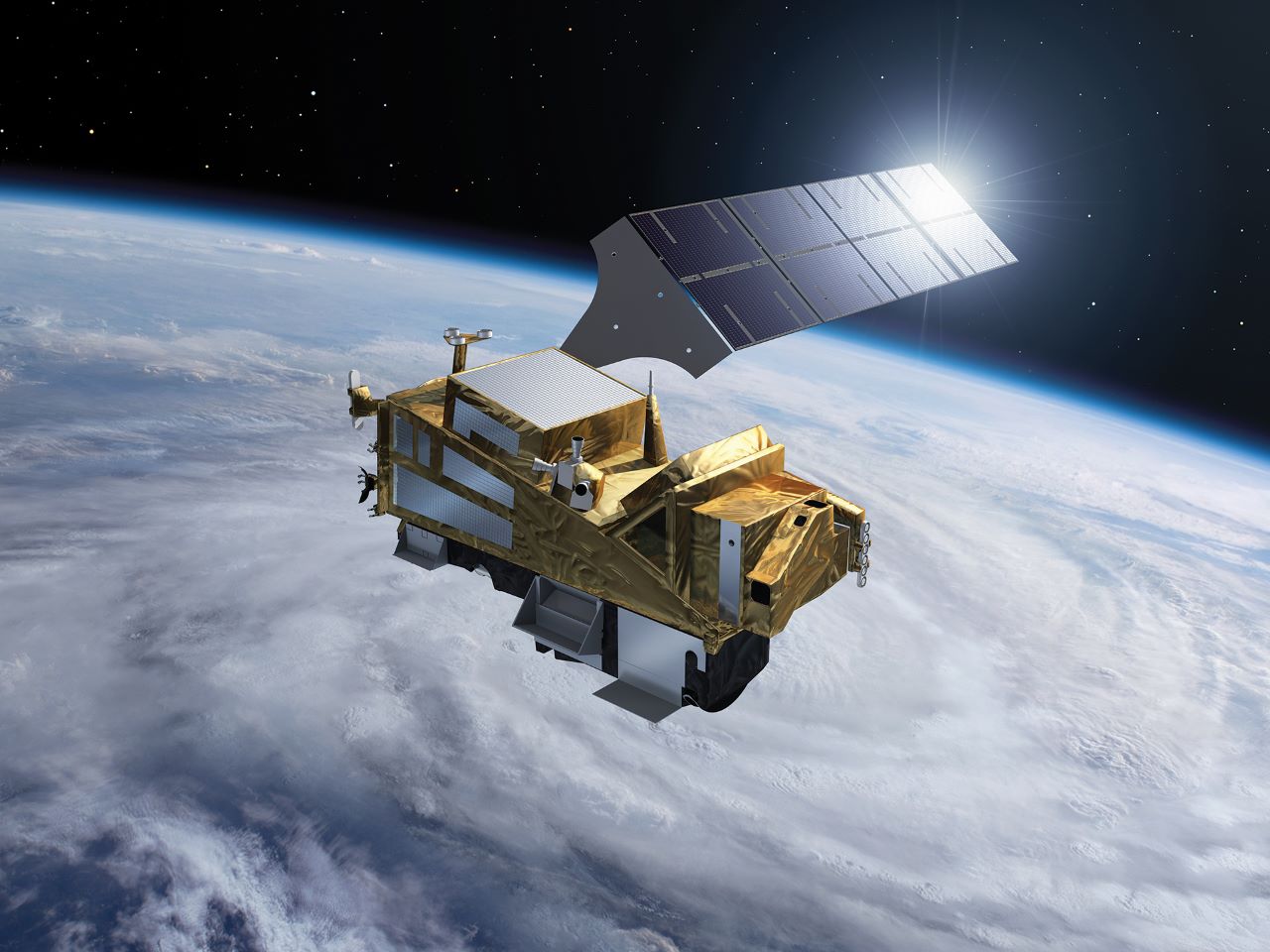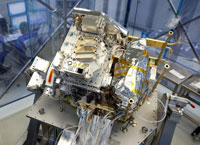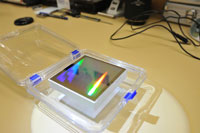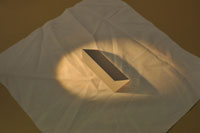ESA's Directorate of Technology, Engineering and Quality, equipped with a suite of specialised laboratories and expert personnel, applied their expertise to help verify Sentinel-5P's air-monitoring instrument would perform as planned.
The Sentinel-5P mission is the first of a series of atmospheric chemistry missions to be launched within the European Commission's Copernicus programme. It is expected to provide continuity in the availability of global atmospheric data products between its predecessor missions, SCIAMACHY (Envisat) and OMI (NASA-Aura), and the future Sentinel-4 and -5 missions.
It carries a single high precision optical payload, Tropomi (TROPOspheric Monitoring Instrument), which is jointly developed by the Netherlands and ESA. Covering spectral channels in the UV, visible, near and short-wave infrared (SWIR), it will measure various key species including tropospheric/stratospheric ozone, nitrogen dioxide, sulphur dioxide, carbon monoxide, methane, formaldehyde, as well as cloud and aerosol parameters.
As with all high performance optical instruments in space, Tropomi also has some extreme requirements that have driven the design, development, testing and verification of its optical system. The Optics Laboratory located in ESTEC has measured a number of components for Tropomi during its development phase, to ensure that the instrument achieves its required performance when operating in space.
Of particular concern for most space optical instruments is the control of "stray light". Tropomi is no exception. Within an optical system, "stray light" is defined to be any unwanted light that can reach the focal plane via scattering or reflection from both within or from outside the instrument's field of view. The instrument optical design and performance relies on diffraction gratings, allowing it to distinguish very accurately the weak atmospheric signals corresponding to the trace gases, which the scientists need to quantify.
If the diffraction gratings do not work correctly (for instance, scatter too much light) then there could be serious implications for the quality of the measurements made by the instrument. The Optics Laboratory was able to test and verify the actual optical straylight characteristics of development models of the Tropomi gratings before flight.
Likewise, the Optics Laboratory has characterised the properties of a number of diffusers used inside the instrument. These components are utilised to ensure the performance of the on board calibration system over a very wide range of wavelengths, from the UV to the SWIR. Finally, the spectral output (precise colour determination) of Light Emitting Diodes (LEDs) used in the instrument as calibration sources, were also checked by the lab.
The optimal performance of an optical instrument in space always comes down to the combination of satisfactory performance of all the individual components, coatings, filters, lenses, mirrors etc., in the optical chain. A failure in any one of these can compromise the mission.
At ESTEC these fine details of the hardware, in close collaboration with the ESA-Dutch project and industrial teams, were carefully checked.
Dominic Doyle, senior optical engineer in the optics section (TEC-MMO) says, "With the launch of Tropomi on Sentinel-5P only days away, we in the optics section at ESTEC are quite confident that our work in supporting the development of this unique optical instrument will result in high quality measurements of our atmosphere for the benefit of European citizens, and also significantly increase our knowledge of the behaviour of trace gasses globally."
About the Sentinels
The Sentinels are a fleet of dedicated EU-owned satellites, designed to deliver the wealth of data and imagery that are central to Europe's Copernicus environmental programme.
In partnership with EU Member States, the European Commission leads and coordinates this programme, to improve the management of the environment, safeguarding lives every day. ESA is in charge of the space component, responsible for developing the family of Copernicus Sentinel satellites and ensuring the flow of data for the Copernicus services, while the operations of the Sentinels have been entrusted to ESA and EUMETSAT.



